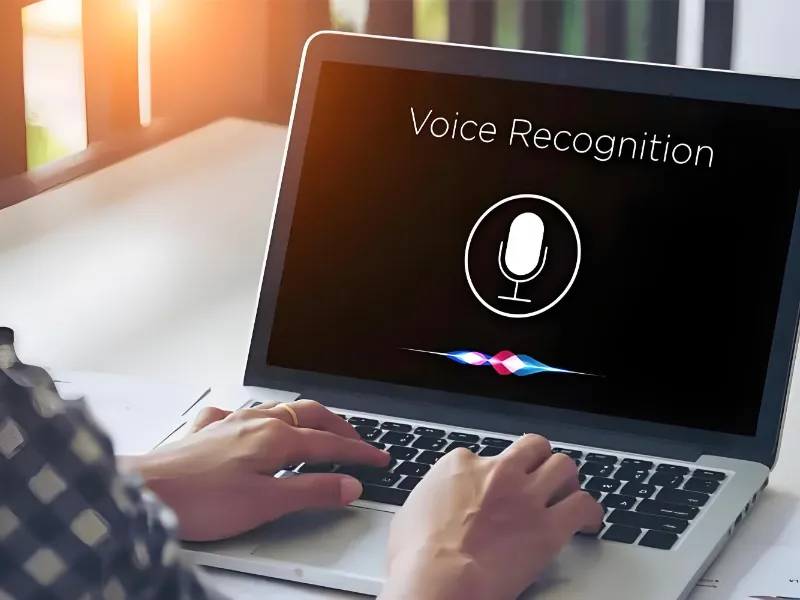- Hackers can use pre-made voice samples to trick voice recognition systems into thinking they are commands from legitimate users.
- Measures like multi-factor authentication, real-time monitoring, and anomaly detection are effective in mitigating the security risks associated with voice recognition.
While voice recognition technology enhances convenience in daily life, it also introduces security challenges. Implementing specific security measures and policies can significantly reduce the likelihood of hacker attacks, safeguarding both user privacy and system integrity.
Security risks of voice recognition
Voice recognition systems need to collect and process users’ voice data, and if voice data is not properly encrypted or compromised during transmission and storage, hackers can gain access to this data and further exploit its potential security vulnerabilities.
Although modern voice recognition systems employ sophisticated algorithms and security measures, there may still be technical vulnerabilities and flaws. Hackers can exploit these vulnerabilities to carry out attacks, such as using buffer overflows or other forms of code injection to gain control of the system.
By analysing and exploiting voice data, hackers can conduct social engineering attacks, such as impersonating users to conduct phone scams or phishing attacks, in order to obtain personal information or sensitive data.
Also read: Can we trust today’s speech recognition technology?
Also read: How does artificial intelligence process speech recognition?
Response to voice recognition dangers
1. Awareness of voice assistant activity: Voice assistants operate through smart speakers or other devices, triggered by specific sound patterns or “wake words” like “OK, Google.” Ensuring these devices only activate when intended helps maintain privacy. Devices typically transmit recordings to manufacturers’ servers, necessitating precautions to safeguard interactions.
2. Implementing multi-factor authentication: Combining voice recognition with traditional authentication methods like passwords strengthens security, reducing susceptibility to voice forgery attacks and restricting system access to authorised users.
3. Real-time monitoring and anomaly detection: Deploying systems for real-time monitoring and anomaly detection identifies and responds to suspicious activities, such as unusual voice commands or unauthorised system access attempts.
4. Ensuring encryption and secure transmission: Utilising robust encryption algorithms and secure transmission protocols safeguards voice data during both transit and storage, preventing unauthorised access and data breaches.
5. Regular updates and bug fixes: Timely software and firmware updates mitigate known security vulnerabilities and ensure system stability and security in voice recognition technologies.

